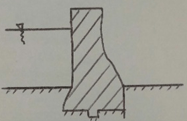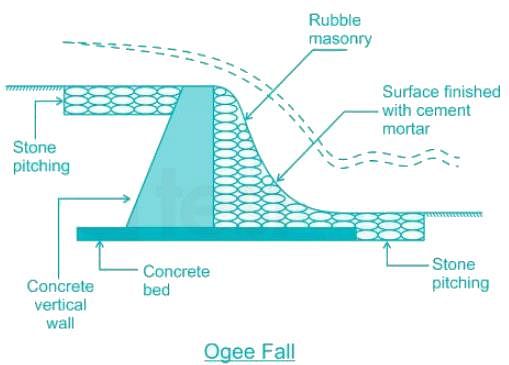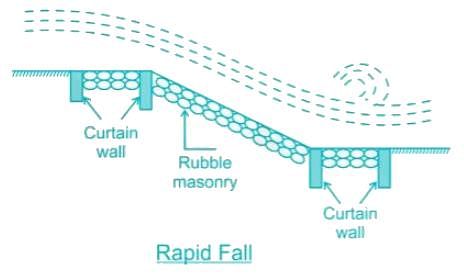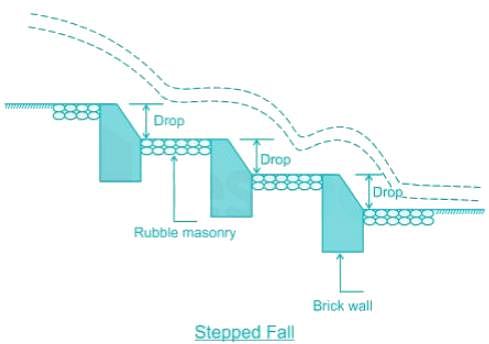Civil Engineering (CE) Exam > Civil Engineering (CE) Tests > Irrigation Engineering > Test: Dams - Civil Engineering (CE) MCQ
Test: Dams - Civil Engineering (CE) MCQ
Test Description
10 Questions MCQ Test Irrigation Engineering - Test: Dams
Test: Dams for Civil Engineering (CE) 2024 is part of Irrigation Engineering preparation. The Test: Dams questions and answers have been
prepared according to the Civil Engineering (CE) exam syllabus.The Test: Dams MCQs are made for Civil Engineering (CE) 2024 Exam. Find important
definitions, questions, notes, meanings, examples, exercises, MCQs and online tests for Test: Dams below.
Solutions of Test: Dams questions in English are available as part of our Irrigation Engineering for Civil Engineering (CE) & Test: Dams solutions in
Hindi for Irrigation Engineering course. Download more important topics, notes, lectures and mock
test series for Civil Engineering (CE) Exam by signing up for free. Attempt Test: Dams | 10 questions in 30 minutes | Mock test for Civil Engineering (CE) preparation | Free important questions MCQ to study Irrigation Engineering for Civil Engineering (CE) Exam | Download free PDF with solutions
Detailed Solution for Test: Dams - Question 1
Test: Dams - Question 2
In an assumption made in the Bligh's Creep Theory for design of impervious floor for sub surface flow, the hydraulic gradient
Detailed Solution for Test: Dams - Question 2
| 1 Crore+ students have signed up on EduRev. Have you? Download the App |
Detailed Solution for Test: Dams - Question 3
Test: Dams - Question 4
To design a cantilever type, the height of the retaining wall is________?
Detailed Solution for Test: Dams - Question 4
Detailed Solution for Test: Dams - Question 5
Test: Dams - Question 6
The wave height (m) generated on the surface of a reservoir, having a fetch length F = 30 km, due to wind blowing on the surface of the reservoir at a velocity of 30 km/h is
Detailed Solution for Test: Dams - Question 6
Detailed Solution for Test: Dams - Question 7
Test: Dams - Question 8
The maximum height of a masonry dam of a triangular section whose base width is b and specific gravity s is
Detailed Solution for Test: Dams - Question 8
Detailed Solution for Test: Dams - Question 9
Test: Dams - Question 10
To dissipate energy a fall is provided in a canal. A fall which has gradual convex and concave curves for smooth transition of water and to reduce disturbance and impact is a:
Detailed Solution for Test: Dams - Question 10
|
7 videos|35 docs|31 tests
|
Information about Test: Dams Page
In this test you can find the Exam questions for Test: Dams solved & explained in the simplest way possible.
Besides giving Questions and answers for Test: Dams, EduRev gives you an ample number of Online tests for practice
|
7 videos|35 docs|31 tests
|
Download as PDF



























